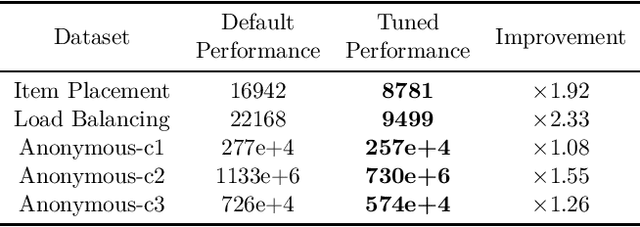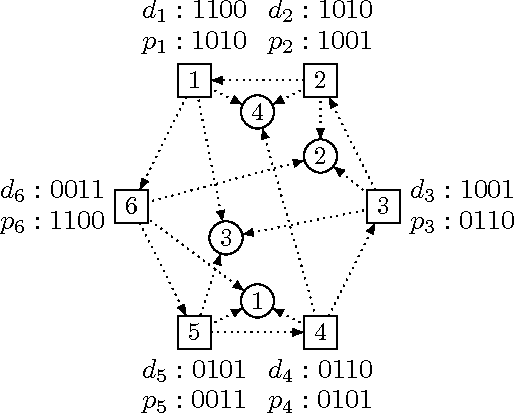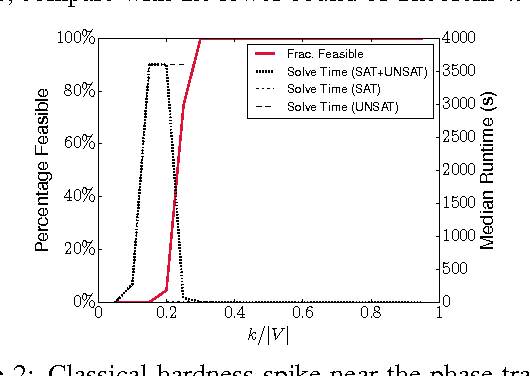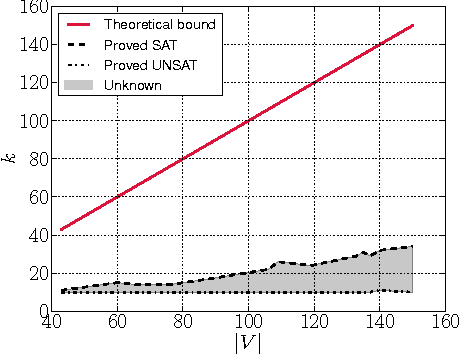Aleksandr M. Kazachkov
The Machine Learning for Combinatorial Optimization Competition (ML4CO): Results and Insights
Mar 17, 2022


Abstract:Combinatorial optimization is a well-established area in operations research and computer science. Until recently, its methods have focused on solving problem instances in isolation, ignoring that they often stem from related data distributions in practice. However, recent years have seen a surge of interest in using machine learning as a new approach for solving combinatorial problems, either directly as solvers or by enhancing exact solvers. Based on this context, the ML4CO aims at improving state-of-the-art combinatorial optimization solvers by replacing key heuristic components. The competition featured three challenging tasks: finding the best feasible solution, producing the tightest optimality certificate, and giving an appropriate solver configuration. Three realistic datasets were considered: balanced item placement, workload apportionment, and maritime inventory routing. This last dataset was kept anonymous for the contestants.
Small Representations of Big Kidney Exchange Graphs
Dec 16, 2016



Abstract:Kidney exchanges are organized markets where patients swap willing but incompatible donors. In the last decade, kidney exchanges grew from small and regional to large and national---and soon, international. This growth results in more lives saved, but exacerbates the empirical hardness of the $\mathcal{NP}$-complete problem of optimally matching patients to donors. State-of-the-art matching engines use integer programming techniques to clear fielded kidney exchanges, but these methods must be tailored to specific models and objective functions, and may fail to scale to larger exchanges. In this paper, we observe that if the kidney exchange compatibility graph can be encoded by a constant number of patient and donor attributes, the clearing problem is solvable in polynomial time. We give necessary and sufficient conditions for losslessly shrinking the representation of an arbitrary compatibility graph. Then, using real compatibility graphs from the UNOS nationwide kidney exchange, we show how many attributes are needed to encode real compatibility graphs. The experiments show that, indeed, small numbers of attributes suffice.
 Add to Chrome
Add to Chrome Add to Firefox
Add to Firefox Add to Edge
Add to Edge